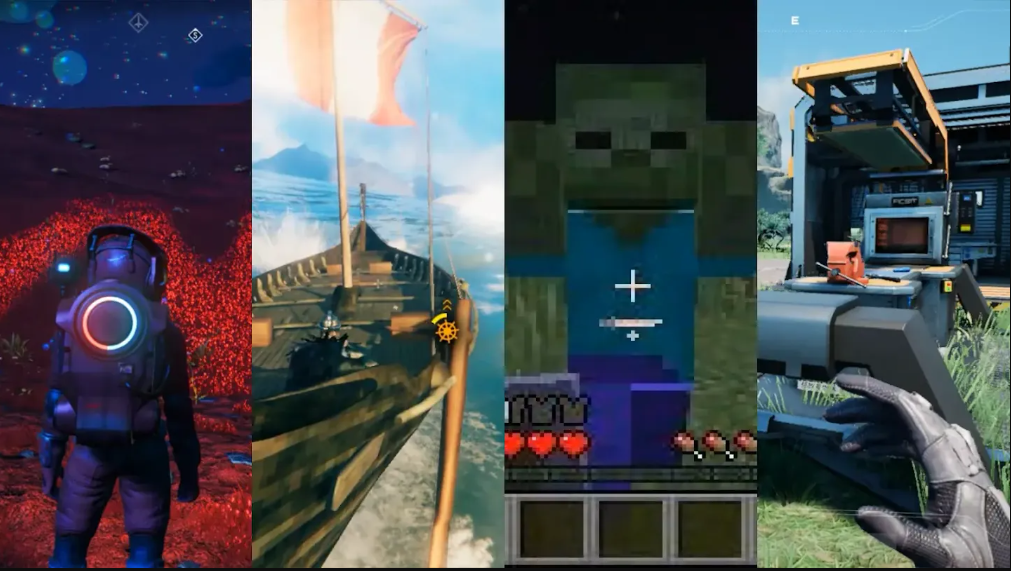Google Research has unveiled Project Suncatcher, a research initiative exploring how solar powered satellite constellations equipped with Tensor Processing Units TPUs could one day enable large scale artificial intelligence computation in space. The project is part of an early stage study into scalable AI infrastructure that operates beyond Earth’s surface, leveraging the continuous solar energy available in orbit.
According to Google, satellites operating in sun synchronous orbits can collect solar power almost continuously, up to eight times more efficiently than ground based systems. The proposed design envisions constellations of compact satellites linked by free space optical connections. These high speed links could distribute machine learning workloads across multiple TPUs in orbit, reducing dependence on terrestrial data centers and minimizing environmental impact.
A preprint paper, Towards a future space-based, highly scalable AI infrastructure system design, details the system architecture and the technical challenges involved. Among these are maintaining high bandwidth communication between satellites, managing orbital dynamics for tight formations, and ensuring radiation tolerance for TPU hardware. Early laboratory experiments demonstrated optical data transmission speeds of up to 1.6 terabits per second using a single transceiver pair.
The research team also modeled orbital behaviors using the Hill-Clohessy-Wiltshire equations to simulate how clusters of up to 81 satellites could maintain stable formations at altitudes around 650 km. These simulations suggest that compact satellite groupings just hundreds of meters apart, could remain stable with limited station keeping maneuvers.
Radiation testing of Google’s Trillium TPU v6e indicated that the hardware can withstand the radiation levels expected over a five year mission in low Earth orbit. Only minor performance irregularities were observed after exposure to levels significantly above projected operational doses.
Google’s analysis further suggests that falling launch costs could make the deployment of space based compute systems economically viable within the next decade. If current trends continue, launch costs below $200 per kilogram by the mid-2030s could make orbiting compute clusters comparable in cost to terrestrial data centers in terms of energy expenditure.
Google CEO Sundar Pichai commented:
Only possible because of SpaceX’s massive advances in launch technology!
With Elon Musk joining the conversation saying:
SpaceX team is incredible. All done without AI so far, even Starship. With AI, I can’t even imagine the possibilities
As a next step, Google plans to launch two prototype satellites in collaboration with Planet by early 2027. Following Google CEO Sundar Pichai’s post announcing the research, engineers and AI researchers highlighted the project’s potential implications for large scale compute and sustainable infrastructure. The broader discussion emphasized how such experiments could reshape assumptions about where and how AI systems are trained in the future.
Project Suncatcher continues Google’s tradition of experimental research in computing infrastructure, following efforts such as quantum computing and autonomous systems. While still in its early research phase, the initiative explores how future AI computation might evolve beyond Earth-based limitations toward scalable, energy-efficient systems in space.










